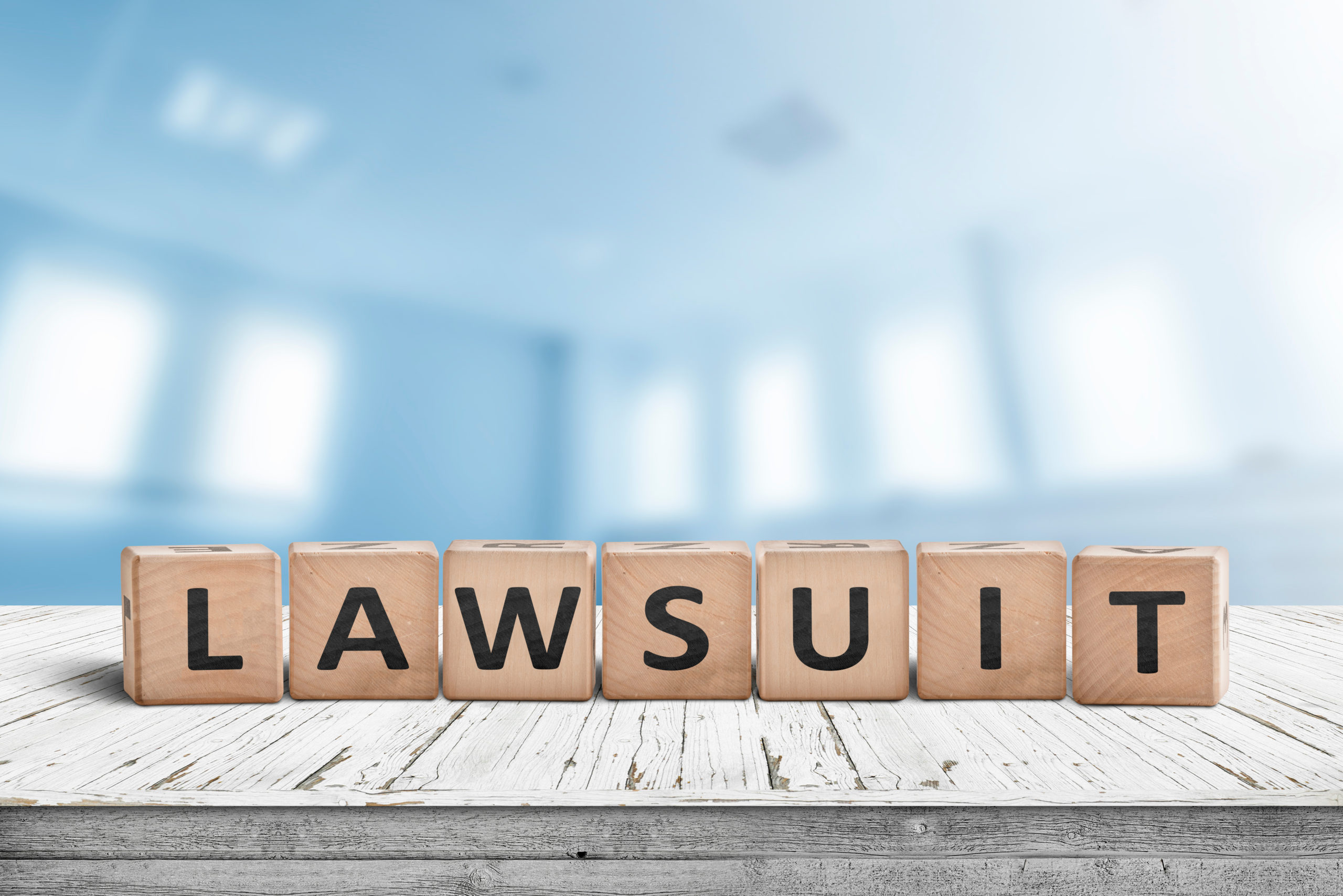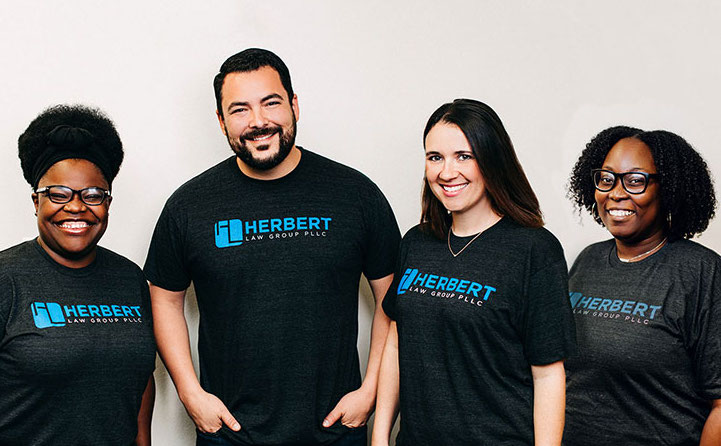Most people think of hypnosis as something that happens on a stage and involves a magician swinging a pocket watch back and forth in front of another person’s face. However, there is another type of hypnosis that probably just about everyone has experienced.
Highway hypnosis occurs when a motorist zones out behind the wheel. Highway hypnosis is also sometimes referred to as “white line fever” after the white painted lines on the road. When a person drives for long distances on the highway with little or no stopping or stimulation, they can lapse into a relaxed state that is similar to sleeping.
Although anyone can experience highway hypnosis, it’s more common among truck drivers, who spend hours at a time behind the wheel and often drive long routes with repetitive scenery. If you’ve been injured in a truck wreck in Texas, the best thing you can do is speak with a Dallas personal injury lawyer like Attorney Zach Herbert of Herbert & Eberstein, as soon as possible.
How Does Highway Hypnosis Happen?
According to experts, anyone can fall into something of a hypnotized state when they are very relaxed. For example, a train engineer reported feeling like he was in a daze prior to a fatal train derailment in New York City.
Sean Meehan, a professor of kinesiology at the University of Michigan, stated. “When we’re tired, effectively there’s a change in the state of our brain that results in that information just not getting to those centers where we actively, consciously process it.”
This change in state is why some people can even become hypnotized while reading. If you have ever read the same paragraph over and over again because you’re simply not absorbing the text, it’s possible you were experiencing a mild form of hypnotism.
When people experience highway hypnosis, however, they don’t have the benefit of just snapping out of it and safely rereading a page they overlooked. When you’re behind the wheel, highway hypnosis can lead to a serious car accident. A driver who is zoned out has a slower reaction time, and they may not even realize they’re in danger until the accident is in progress.
Highway hypnosis falls under the general umbrella of “drowsy driving.” According to data from the National Highway Traffic Safety Administration (NHTSA), there are over 100,000 drowsy driving car accidents every year, with over 1,500 of those accidents causing a fatality.
Tips for Avoiding Highway Hypnosis
Truck drivers operate huge vehicles that can weigh up to 80,000 pounds. With a vehicle this massive, it’s incredibly important for truckers to stay alert behind the wheel.
Highway hypnosis can cause a truck driver to space out and cause a catastrophic accident, which is why it’s important for semi-truck drivers to do everything they can to avoid driving drowsy. These tips are also useful for any motorist who drives long distances or boring routes that can lead to highway hypnosis.
Keep Temperatures Cool
Many people get sleepy when they’re warm, and there are a couple of different reasons for this. When you’re too warm, you can actually become dehydrated, which can make you feel tired. This reason is why it’s important for truckers to drink plenty of water.
Being warm also causes your blood pressure to drop, which makes you feel groggy. Warm temperatures also coax many people into feeling cozy and comforted, which is great if you’re trying to sleep but a serious safety hazard when you’re driving a semi-truck.
Take Frequent Breaks
Truck drivers are required to take certain breaks under federal law. However, they should also change up their routine by making stops for quick rest breaks as they drive.
Even if it’s just a few minutes of brisk walking or some light stretching, getting out of the truck and getting your blood flowing can help reduce the drowsiness that comes with driving for too many hours in a row on the highway.
Listen to Music or Talk Radio
Many truckers enjoy listening to music or the radio as they drive. With satellite radio, there are more options than ever for listening to interesting programs and talk radio. You can even download audio books or podcast so you can listen to something interesting or entertaining as you drive.
In some cases, however, music can lull you into drowsiness. If you find this happening, it’s a good idea to switch up your favorite station and try listening to something new or outside your regular interests. This shift can help keep your mind engaged, which will increase blood flow to the brain and stop you from feeling tired.
Avoid Heavy Meals Before Driving
There’s a good reason why many people feel so tired after Thanksgiving and similar gatherings. The body must work overtime to digest a large meal, which can make people feel sleepy.
To stop drowsiness behind the wheel, truckers should avoid heavy, carb-based meals like pasta before they get on the road. Instead, opt for healthier options like salads and fresh fruit. It’s not always easy to find fresh food choices on the road, which is why many truckers pack a cooler with fruit, salad, and healthy menu items before they leave home.
Help for Those Injured in Truck Accidents
If you have been injured in a truck accident, it’s in your best interest to discuss your case with an experienced Dallas truck wreck lawyer. Call the personal injury law firm of Herbert & Eberstein in Richardson, TX today, and schedule a time to review your case with our compassionate team.
Media Contact:
(T): 214-414-3808
Sources:







